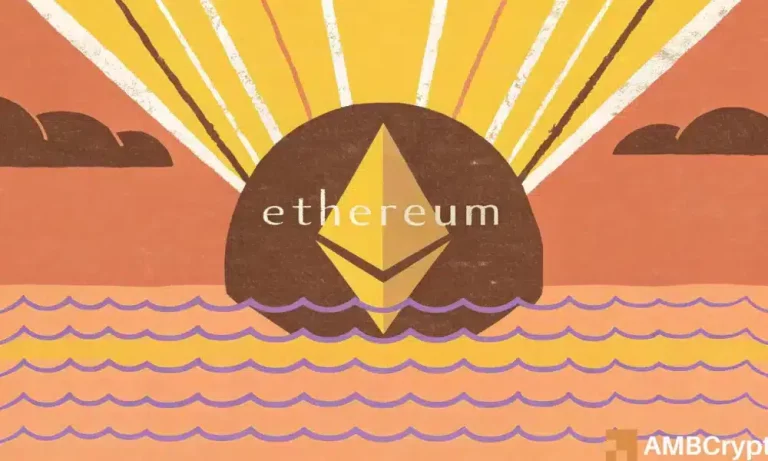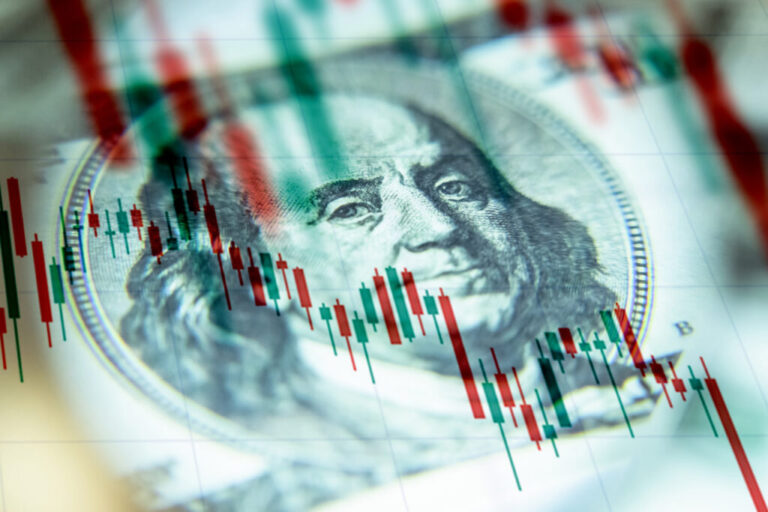Bitcoin vs. Sovereign Bonds: A Modern Financial Debate
For decades, sovereign bonds, such as U.S. Treasuries, German Bunds, and Japanese government bonds, have been the go-to choice for risk-averse investors seeking steady returns. These assets, traditionally considered among the safest options, have long been viewed as a cornerstone of financial portfolios. However, over the past 13 years, Bitcoin has emerged as a competitive alternative, redefining the financial landscape for both institutional and retail investors.
Why Are Investors Considering Bitcoin Over Bonds?
The macroeconomic environment has undergone significant shifts, making Bitcoin increasingly appealing to certain investors. Key factors include:
1. Federal Reserve Policies and Inflation Impact
The U.S. Federal Reserve’s balance sheet and its actions on the M1 and M2 money supply directly affect inflation, bond yields, and trust in fiat currencies. Over the past few years, with interest rates held between 4% and 5%, many believe traditional assets like bonds are losing their edge as a hedge against economic uncertainty.
Inflation concerns, coupled with Moody’s 2025 downgrade of U.S. debt from AAA to AA1 due to fiscal instability, have made alternative assets such as Bitcoin more attractive. In contrast to bonds that are subject to issuance by governments, Bitcoin offers a sense of scarcity and decentralized control.
2. Bitcoin’s Consistent Outperformance
Over the three years leading up to June 2025, Bitcoin posted an astonishing 375.5% return, surpassing the S&P 500, gold, and Nasdaq 100 with relative ease. Events such as the approval of Bitcoin spot ETFs by the U.S. Securities and Exchange Commission in 2024 further solidified Bitcoin’s position in the portfolios of savvy investors, with ETFs managing over $132.5 billion in assets by mid-2025.
3. Scarcity vs. Abundance
One of Bitcoin’s most defining characteristics is its scarcity. Hardcoded into its protocol, Bitcoin has a maximum supply of 21 million coins, with over 94.6% already mined as of June 2025. This limited supply inherently adds a layer of value and scarcity. Comparatively, governments can issue bonds at will, undermining any scarcity-driven value proposition.
4. Risk and Return Efficiency
When analyzed through modern portfolio theory (MPT), allocating 16% of a portfolio to Bitcoin optimizes the Sharpe ratio at 0.94, meaning Bitcoin provides greater returns for a given level of risk compared to U.S. Treasury bonds (with a Sharpe ratio of 0.3-0.5).
As billionaire investor Larry Fink noted, Bitcoin has become a “modern alternative to gold” in times of elevated inflation and government mismanagement.
Accessibility and Decentralization
Bitcoin’s decentralized nature and 24/7 accessibility make it a uniquely inclusive investment. Unlike bonds, which are often restricted to institutional channels and specific markets, Bitcoin can be accessed globally through crypto wallets and exchanges, further boosting its appeal.
A Product That Simplifies Bitcoin Investments
If you’re new to Bitcoin investing and are looking for a safe and user-friendly way to start, consider the Coinbase Bitcoin Wallet. Coinbase is one of the world’s most trusted platforms, offering a secure and straightforward way to buy, hold, and manage Bitcoin alongside other cryptocurrencies.
The Shift Continues
With Wall Street titans like Stanley Druckenmiller and Paul Tudor Jones echoing their confidence in Bitcoin as a hedge against inflation and fiscal instability, the trend of shifting from sovereign bonds to Bitcoin shows no signs of slowing down. As an immutable, scarce, and decentralized asset, Bitcoin is revolutionizing the way investors approach risk and stability.
The choice ultimately depends on individual investor risk tolerance and financial goals. However, the narrative of “Long Bitcoin, short bonds” seems to be gaining momentum in the dynamic world of modern finance.



